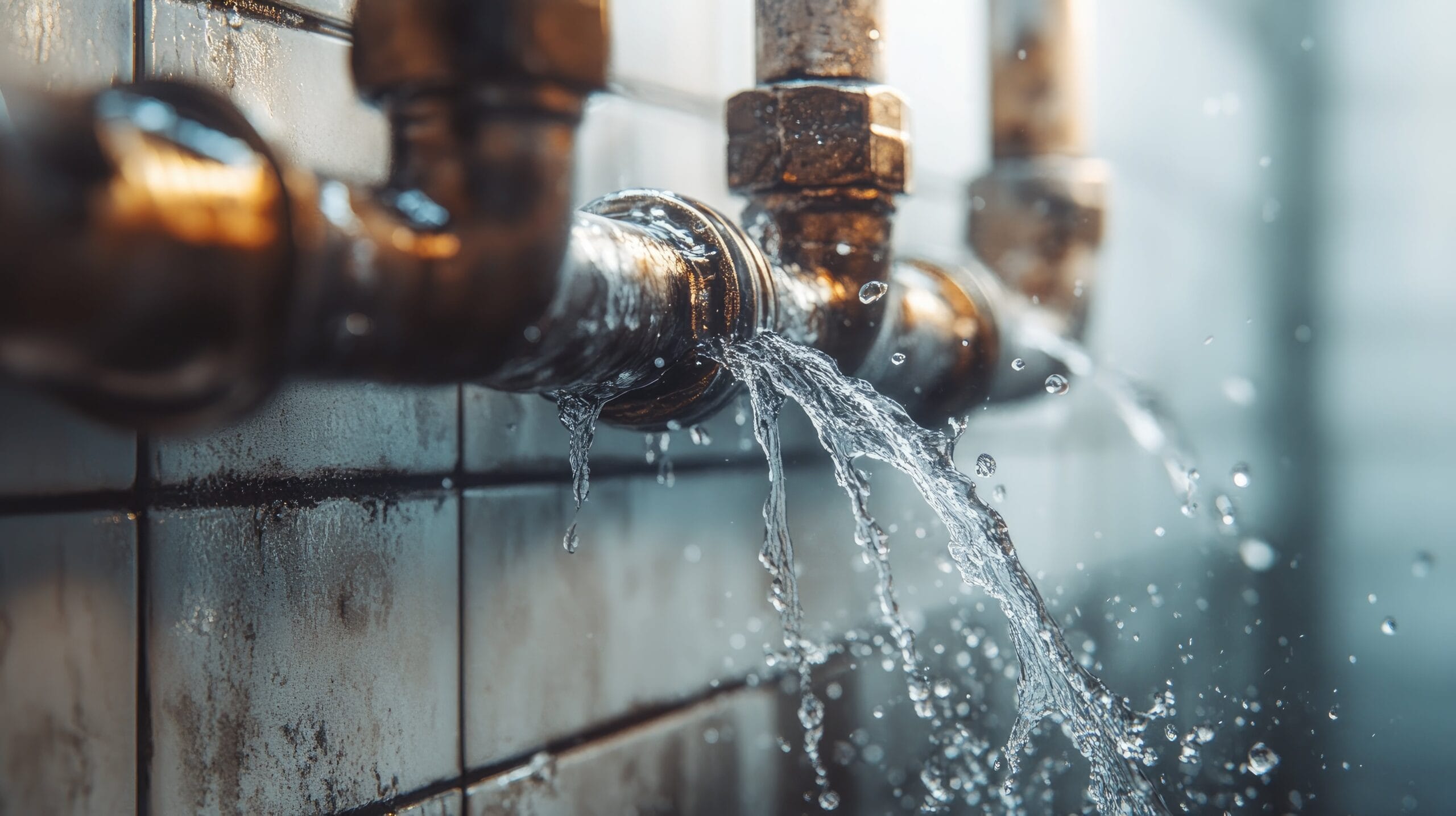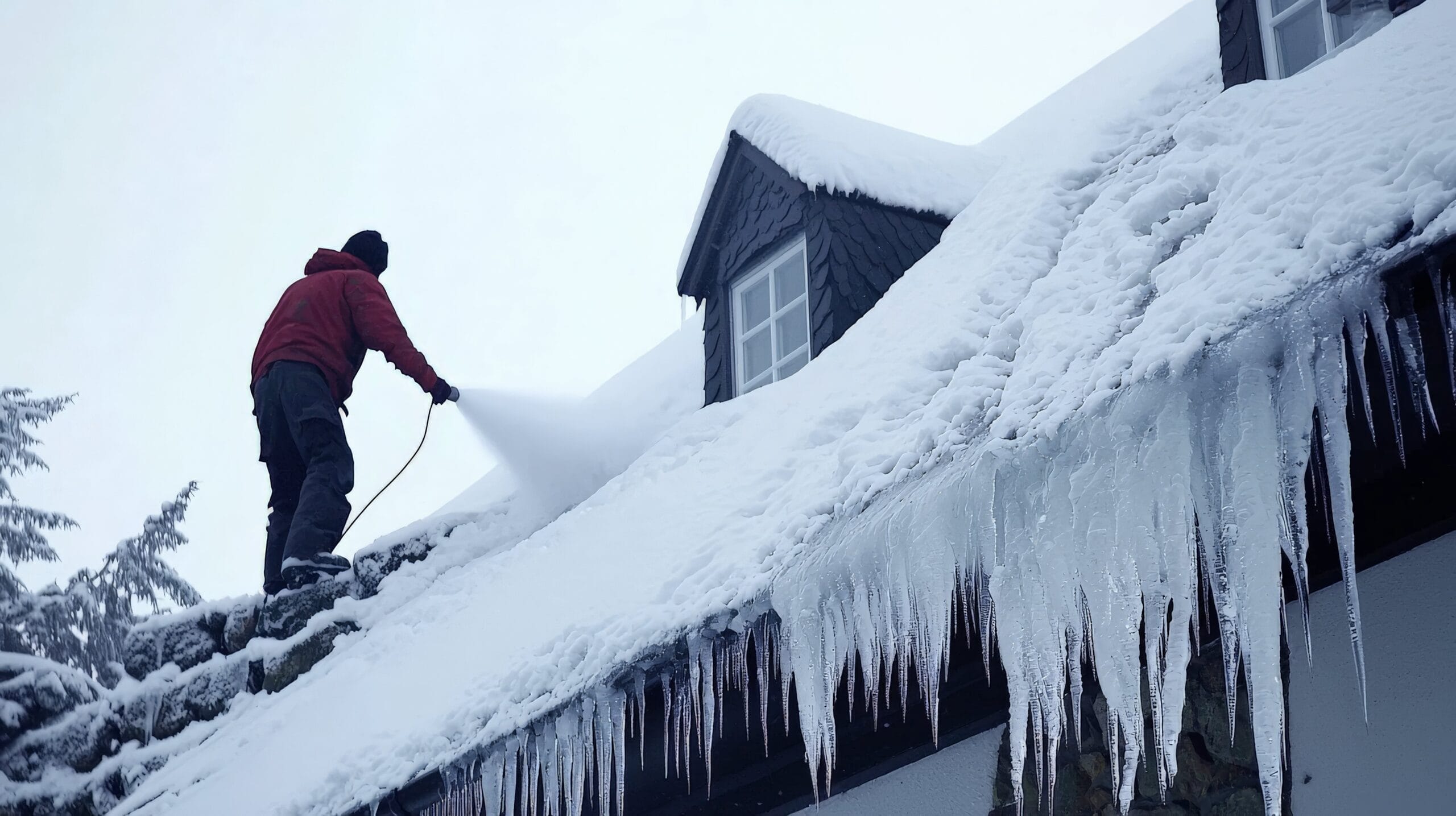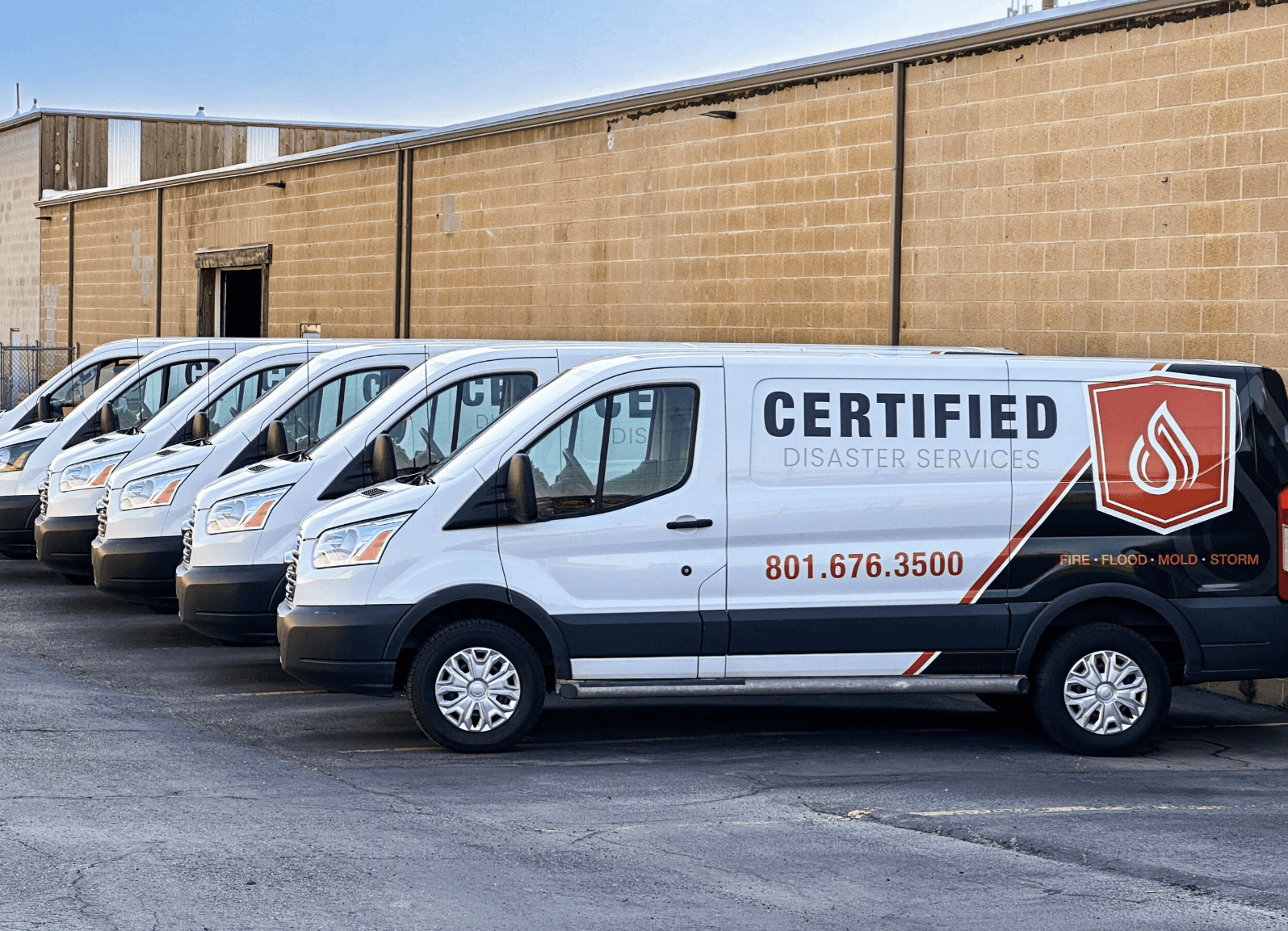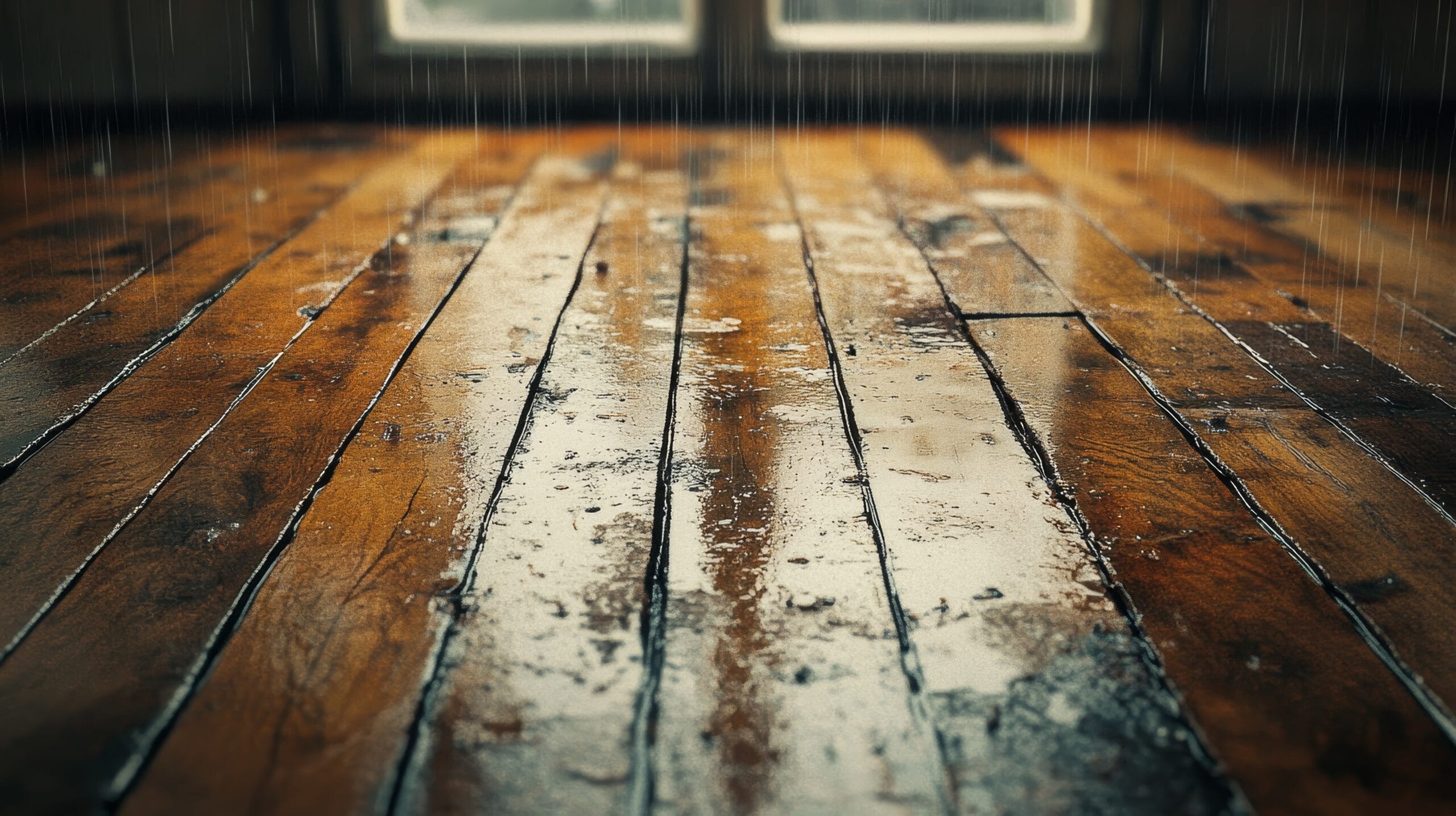When temperatures drop below freezing, one of the most common and costly problems homeowners face is burst pipes. Understanding why this happens can help you prevent damage and act quickly when disaster strikes. This article explores the science behind pipe bursts in winter, how small cracks turn into major problems, and what to do if you find yourself dealing with frozen or ruptured plumbing.
The Science of Freezing Water and Pressure Buildup
Water is one of the few substances that expands when it freezes. As liquid water turns to ice, its volume increases by about 9 percent. When this occurs inside a sealed pipe, that expanding ice has nowhere to go, creating intense pressure within the pipe walls.
Over time, this pressure can cause the pipe to split or burst. The rupture often happens not where the ice forms but nearby, such as at a bend, joint, or weak connection. Even a small fracture can allow water to escape under high pressure once the ice begins to thaw. The result is flooding and extensive water damage throughout your home.
Weakest Points: Where Bursts Usually Happen
Not all sections of your plumbing are equally at risk. Pipes that run through uninsulated walls, basements, crawl spaces, and attics are especially vulnerable because they are exposed to cold air for longer periods. Bends and joints are more likely to fail since they experience additional stress from expansion and contraction.
Outdoor hose bibs, sprinkler lines, and plumbing near foundation walls are other common areas where pipes can freeze and burst. It often happens overnight when temperatures drop suddenly, catching homeowners off guard.
The Role of Poor Insulation and Heat Loss
Poor insulation is one of the biggest contributors to pipe bursts in winter. When cold air seeps into walls or crawl spaces, it lowers the temperature of pipes running through those areas. Heat loss from inside your home through gaps, cracks, or poorly insulated walls can also make nearby plumbing colder than expected.
Proper insulation helps maintain a consistent temperature and keeps pipes above freezing. Insulating both hot and cold water lines, sealing air leaks, and keeping cabinet doors open under sinks during extremely cold nights are simple but effective preventive steps.
From Small Crack to Full Rupture
A pipe usually does not explode all at once. It often starts with a small crack caused by internal pressure. As water flow resumes and temperatures fluctuate, that minor crack can widen quickly and turn into a full rupture. When this happens, homeowners often ask, what happens when a pipe bursts?
The answer depends on how quickly you respond. Even a small burst can release hundreds of gallons of water in just a few hours, soaking drywall, flooring, insulation, and personal belongings. Mold growth can begin within 24 to 48 hours if the area is not properly dried and restored.
Seasonal Freeze-Thaw Cycles and Long-Term Damage
Winter brings not just freezing but also thawing. These frequent freeze-thaw cycles cause pipes to expand and contract repeatedly, weakening joints and fittings over time. Even if a pipe does not burst during the first freeze, the repeated stress can make it more likely to fail later in the season or in early spring.
This cycle also causes hidden leaks in walls and ceilings. Water may seep slowly at first, but as temperatures warm, those leaks can worsen and lead to mold, structural damage, and expensive repairs.
What Should I Do If a Pipe Bursts in My Home?
If you ever experience a burst pipe, quick action is essential. Follow these steps immediately:
- Shut off your main water supply to stop the flow of water.
- Turn off electricity in the affected area if flooding has occurred.
- Call a professional restoration company to mitigate the damage and begin cleanup.
- Document the damage for insurance purposes with photos or videos.
- Avoid using heat sources like open flames to thaw pipes since this can cause further damage or create fire hazards.
Certified Disaster Services: Your 24/7 Winter Water Damage Experts
When winter water disasters strike, Certified Disaster Services is prepared to respond at any time, day or night. The team specializes in frozen water pipe repair, water extraction, and full restoration to bring your home back to normal quickly. Whether you are dealing with a minor leak or a major flood, Certified Disaster Services is available 24/7 to handle emergencies with the skill and equipment needed to prevent mold and secondary damage.
Their technicians understand the unique challenges of cold-weather restoration and can repair, dry, and restore your property with care and precision. With decades of experience serving Utah homeowners, Certified Disaster Services is the name you can trust to protect your home and peace of mind.
Conclusion
Understanding why pipes burst in winter helps you take preventive action before temperatures drop. Insulate vulnerable areas, seal heat leaks, and act fast if a pipe freezes or bursts. And if the unexpected happens, remember that Certified Disaster Services is always available to help restore your home and minimize damage.





